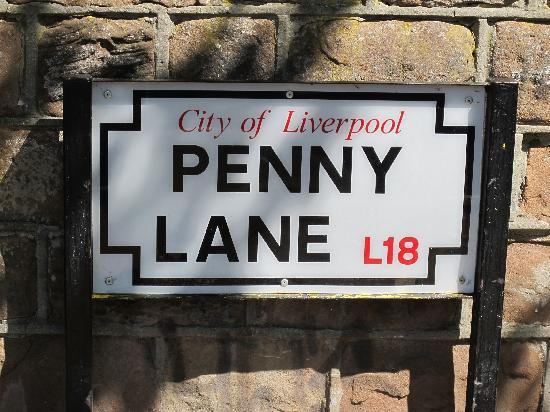Toponymy is the scientific study of place names (toponyms), their origins, meanings, use, and typology. The word “toponymy” is derived from the Greek words tópos (τόπος) (“place”) and ónoma (ὄνομα) (“name”). Toponymy is itself a branch of onomastics, the study of names of all kinds. Toponymy is distinct from, though often confused with etymology, which is the study of the origins of words. A toponymist is one who studies toponymy. According to the Oxford English Dictionary, the word “toponymy” first appeared in English in 1876; since then, toponym has come to replace “place-name” in professional discourse among toponymists (Wikipedia: Toponymy).
Wikipedia goes on to state that “place names provide the most useful geographical reference system in the world,” and that “scholars have found that toponyms provide valuable insight into the historical geography of a particular region” (Ibid.). It follows, as a BBC article points out, that there are perils and pitfalls associated with toponyms, especially when it comes to renaming things: “There are some very famous places named after famous people. A famous renaming can quickly erase what went before. How many foreigners flying into New York’s JFK airport remember it used to be Idlewild airport? This week, the city fathers of Aberdeen, Washington, decided it might not be wise to (re)name a bridge after Kurt Cobain. It’s easy to see why Aberdeen decided to hold off on honoring Kurt Cobain. A great musician to some may be seen by others as a drug user who falls short of role model status. Instead, the bridge will now stay as Young Street Bridge. But it’s still named after a person – Alexander Young, who built the first saw mill.”
Another issue that arises from renaming is tautology. “A place name is tautological if two parts of it are synonymous. This often occurs when a name from one language is imported into another and a standard descriptor is added on from the second language. Thus, for example, New Zealand’s Mount Maunganui is tautological since maunga is Māori for mountain.” Similar tautological toponyms that are closer to home include La Brea Tar Pits, California (The Tar Tar Pits – Spanish); Laguna Lake, California (Lake Lake – Spanish); and El Camino Way in Palo Alto, California (The way way – Spanish) (source).
Editor’s note: Thanks to alumnus Kirk Goldsberry for recommending this material.



